I have created a puppet/vagrant/VirtualBox generated installation of Ubuntu running on a Windows host; see https://bitbucket.org/dmenne/rstudio-shiny-server-on-ubuntu for details. This allows users to run RStudio and Shiny server on Windows. In Vagrantfile, I have
config.vm.synced_folder "shiny-server", "/srv/shiny-server", create:true
to create a shared folder. When I start the VM with vagrant up or vagrant reload, everything works ok.
One customer does not want to install vagrant etc, and asks for a standalone VM to be started/stopped with the VirtualBox Manager on Windows. However, after I shutdown a  vagrant-booted VM Box, my synced folders do not connect/mount again on VM restart, even if they turn up correctly in the shared folders dialog of the VirtualBox Manager.
vagrant-booted VM Box, my synced folders do not connect/mount again on VM restart, even if they turn up correctly in the shared folders dialog of the VirtualBox Manager.
How can I shrink-wrap a Vagrant-generated VM so it can be started/stopped without Vagrant?
EDIT March 2015:
I still could not resolve this. When I force automount, on restore media/sf_<folder> is synced, not the required folder. How can I force VirtualBox to use sync-template from Vagrantfile after a restart?
And how do I force automount in vagrant without doing it manually.


